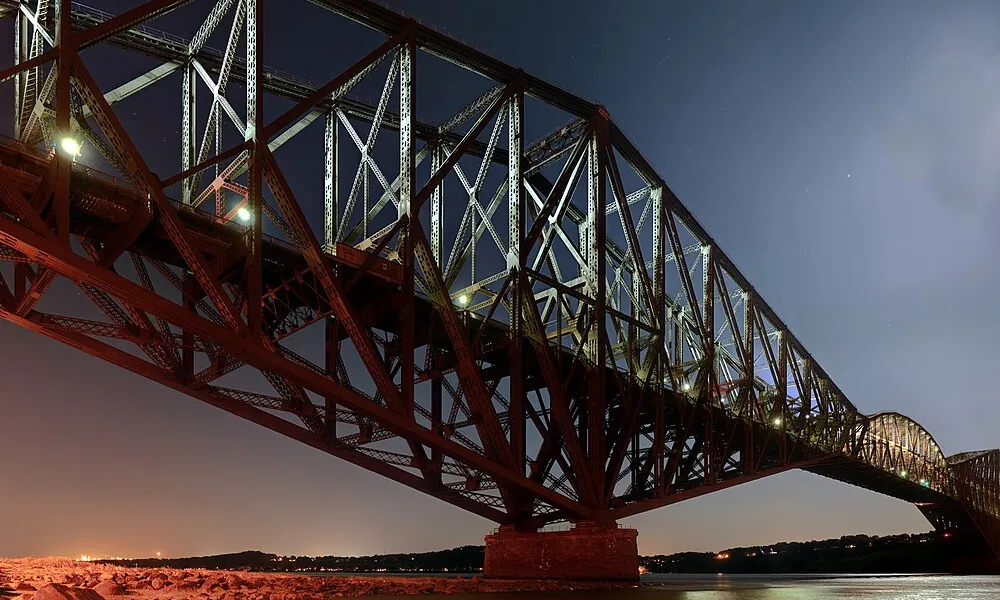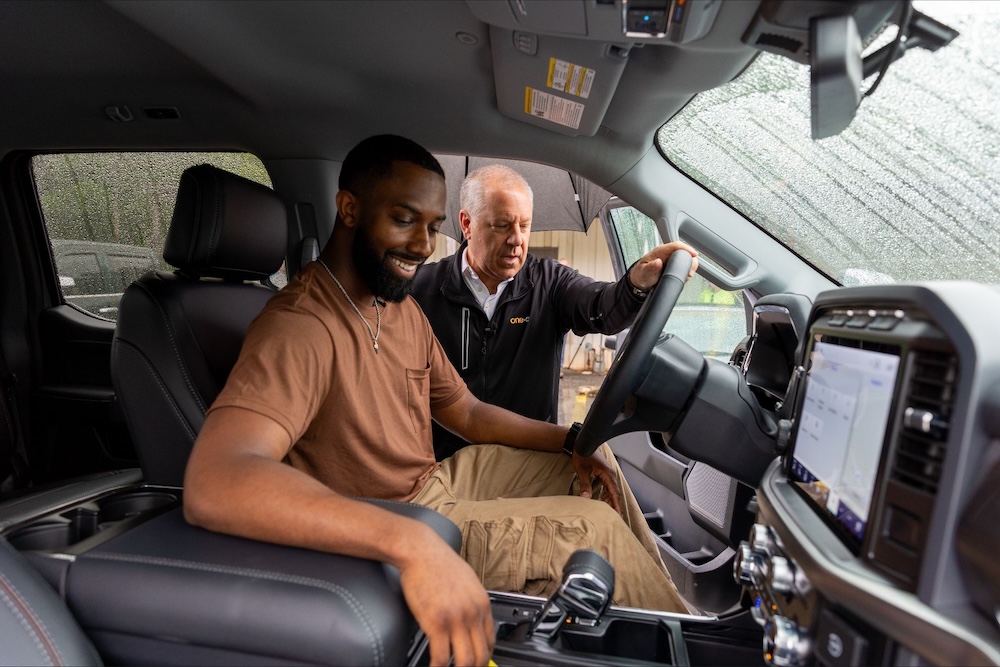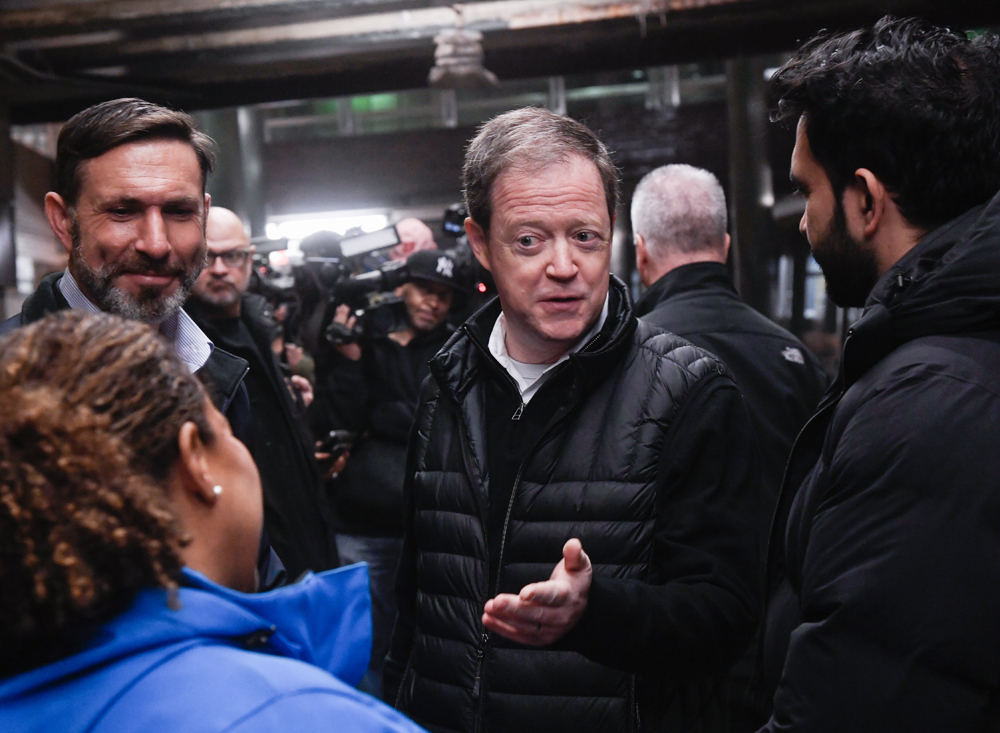 WASHINGTON — Senate Majority Leader Chuck Schumer has promised to schedule a vote on the stalled Railway Safety Act, the political website The Hill reports, but Republican leader Mitch McConnell opposes the legislation and may block it or delay it.
WASHINGTON — Senate Majority Leader Chuck Schumer has promised to schedule a vote on the stalled Railway Safety Act, the political website The Hill reports, but Republican leader Mitch McConnell opposes the legislation and may block it or delay it.
The bill introduced in reaction to the East Palestine derailment includes provisions requiring two-person crews, wayside detectors, training for first responders, and increased rules for hazardous materials. But it has grown since its introduction from 18 pages to 77, with changes included removal of limits on train length and weight, and a later date for elimination older tank cars carrying flammable materials [see “Railway Safety Act advances out of committee,” Trains News Wire, May 10, 2023].
The rail industry remains lukewarm at best to the bill. Norfolk Southern CEO Alan Shaw said Wednesday at the Midwest Association of Rail Shippers Winter Meeting that “many of the provisions” in current legislation “make perfect sense and so we’re an advocate for those positions.” Association of American Railroads CEO Ian Jefferies, however, said the same day that current bill has “a whole host of completely unrelated items that have managed to find their way in there — things like doubling the interval of manual locomotive inspections, a crew-size mandate … And so what have should have been a targeted, sensible opportunity to put together some legislation that all parties can support, move forward, and feel like we’ve done some good things has unfortunately ground to a halt.”
The report by The Hill, however, casts the bill’s future as being largely about politics, rather than its merits or lack thereof. It is sponsored by Sen. Sherrod Brown (D-Ohio), considered vulnerable for reelection; its passage would likely help his prospects with Ohio voters — so Schumer wants to push it through. McConnell wants to stop it for exactly the same reason, given Republicans’ desire to regain control of the Senate in November.
While Democrats currently have a 51-seat majority, under Senate rules they will need to be joined by nine Republicans to pass the legislation. The legislation has six Republican co-sponsors, including Ohio Republican Sen. JD Vance.














Like all bills this one was originally written in a knee jerk reaction to E. Palestine. Now it’s been loaded up with all kinds of things not related to the cause of E. Palestine. More detectors is not the answer. The detectors did their job. What should have been in place was a system noticing a bearing was increasing in temperature between detectors and sending out an alert requiring inspection. E. Palestine has not been the only bearing failure derailment.
When I was in RR management it was pointed out to me that the best thing to do to increase profitability was to improve safety. Those train wrecks are very expensive. Same thing with employee injuries. To say the railroads put profits ahead of safety is generally nonsense. Safety improves profitability.
I know this doesn’t work perfectly. But nothing works perfectly.
“A central theme of this book is that railroads, throughout their history, were so important to the US economy that politicians could not leave them alone, and when governments did intervene in transportation markets, they usually made a mess of things. Government regulation distorted consumer choices, found awkward and costly ways of subsidizing competing modes of transportation, taxed or regulated away profits needed for reinvestment and capacity expansion, and—while generally contributing to greater safety—typically fell far short of stimulating optimal safety performance for all transport modes. Much the same was true for the relationship of railroads to other public goals, such as energy efficiency, environmental protection, and consumer welfare.”
Gallamore, Robert E.; Meyer, John R.. American Railroads: Decline and Renaissance in the Twentieth Century . Harvard University Press. Kindle Edition.
Please explain resistance to PTC, air brakes 100+years ago and ECP now, line side defect detectors, individual car bearings and defect monitors (cheap!) and effective measures to limit crew fatigue. None of these are rocket science.
Look at failure and accident rates of European, Russian and Japanese railroads. All are tiny fractions of the wreckage on North American class 1s.
Best quote ever about the industry.
American Railroads Decline and Renaissance is a must read.
Election year performance art. They’ve kept it bottled up for almost a year intentionally. Neither party want to clip PSR down to size, it would impact profits and campaign contributions. The reason the bill went for 18 to 77 pages is because railroad attorneys rewrote it with loopholes; that’s why Shaw likes it.
Regulatory capture isn’t pretty. Greed is good. East Palestine is like the Boeing 737 Max. The federal government allows self-regulation to the obvious detriment of public safety.
If Allan Shaw thinks there are good parts to the bill, why doesn’t Norfolk Southern go out and implement them where they can?
Government is rarely the solution to a problem, and most of the time works to their advantage, not the public’s, as this article shows.
Innovation and improvement should be coming from the industry and not government edicts.
“Should be” is the operative term here. The fact is that, without regulation, many common sense safe practices would be ignored.
Nothing is perfect, but improved safety is an area that has no negatives for the railroads, and many improvements are implemented without government intervention.
Nobody understands the railroad industry better than the railroad industry. If an opportunity for improvement is missed then the government should demand that the railroads come up with a solution, not dictate one, like they did with PTC.
Despite the billions railroads were forced to spend on PTC there are still collisions between trains, and PTC wouldn’t have made a difference in most recent incidents which have been derailments. It is possible that diverting money from maintenance and new or expanded safety initiatives to implement PTC may have contributed to other accidents.
And why do we have PTC? Politics.